Home>Technology>Security & Surveillance>How To Open A Locked Door With A Knife
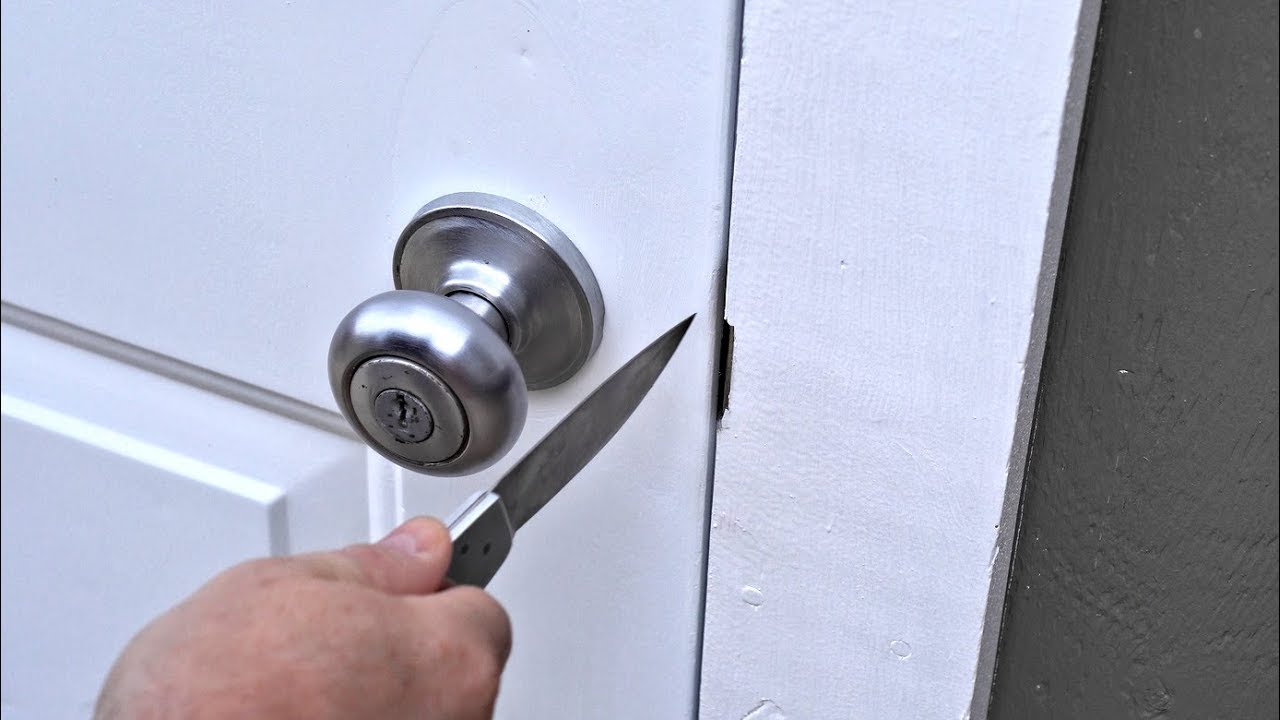

Security & Surveillance
How To Open A Locked Door With A Knife
Published: December 26, 2023
Learn how to open a locked door with a knife in case of emergencies. Discover essential security and surveillance tips to keep your home safe. Unlock the knowledge you need today!
(Many of the links in this article redirect to a specific reviewed product. Your purchase of these products through affiliate links helps to generate commission for Storables.com, at no extra cost. Learn more)
Introduction
Welcome to the world of security and surveillance, where knowledge and resourcefulness can be the key to overcoming unexpected challenges. In this article, we will explore a scenario that many of us hope to never encounter: being locked out of a room with no access to a key. However, fear not, as we will delve into a clever solution using a common household item – a knife. While this may sound like a scene from a thrilling movie, the technique we will discuss is not only effective but also a valuable skill to have in your arsenal.
Imagine finding yourself in a situation where you urgently need to gain entry to a locked room, whether it's due to a misplaced key or a malfunctioning lock. While the initial panic may set in, knowing how to use the resources at your disposal can provide a sense of empowerment and control in such a predicament. With the right approach and technique, a simple knife can be transformed into a tool for unlocking a door, allowing you to regain access without the need for professional assistance.
Throughout this article, we will guide you through the process of assessing the situation, utilizing the knife to open the door, and prioritizing safety precautions. By the end of this journey, you will not only have a newfound appreciation for the versatility of everyday objects but also a valuable skill set that may come in handy when least expected. So, let's embark on this enlightening exploration of unlocking doors with a knife, where resourcefulness and security converge in a fascinating display of ingenuity.
Key Takeaways:
- You can use a knife to open a locked door by carefully manipulating the lock or disengaging the latch. It requires patience, precision, and a safety-first mindset to avoid accidents and damage.
- Before using a knife to open a locked door, assess the situation and prioritize safety. Only use this technique on doors you have legal access to, and always handle the knife with caution to avoid accidents.
Read more: How To Open Kwikset Door Lock
Assessing the Situation
Before diving into the practical use of a knife to open a locked door, it is crucial to thoroughly assess the situation. Understanding the type of door, lock, and potential risks involved will inform your approach and ensure a more effective outcome.
First and foremost, take a moment to examine the door and its surroundings. Is it a wooden door with a traditional lock, or a more modern design with electronic components? Understanding the construction and mechanisms of the door and lock will provide valuable insight into the potential methods for manipulation.
Next, consider the reason for the lockout. Was the door inadvertently locked from the inside, or is there a possibility of a malfunction within the locking mechanism? By identifying the root cause, you can tailor your approach accordingly, whether it involves bypassing the lock or addressing a technical issue.
Assessing the potential risks associated with using a knife to open the door is equally important. Are there any safety hazards or sharp edges that could pose a threat during the process? Prioritizing safety not only safeguards against potential injuries but also ensures a smoother and more controlled operation.
Furthermore, consider the legality and ethical implications of using this technique. It is essential to only apply these methods to doors and locks for which you have legal access or authorization. Engaging in unauthorized entry or attempting to bypass security measures without proper consent is not only unlawful but also undermines the principles of security and surveillance.
By thoroughly assessing the situation, including the door and lock type, the reason for the lockout, potential risks, and ethical considerations, you can approach the task with a clear understanding and a strategic mindset. This foundational knowledge sets the stage for the practical application of using a knife to open a locked door, ensuring a well-informed and responsible approach to resolving the predicament at hand.
Using the Knife to Open the Door
Now that you have assessed the situation and gained a comprehensive understanding of the door and lock, it’s time to delve into the practical application of using a knife to open the door. This process requires a combination of precision, patience, and resourcefulness, as you navigate the intricacies of the lock and employ the knife as a versatile tool for gaining entry.
Begin by selecting a suitable knife for the task. A sturdy, multipurpose knife with a tapered and relatively thin blade is ideal for manipulating the lock components. Ensure that the knife is clean and free of any substances that could compromise its effectiveness during the process.
One of the primary methods for using a knife to open a locked door involves manipulating the lock’s internal components. Insert the blade of the knife into the keyhole, applying gentle pressure to maneuver the tumblers or pins within the lock. This delicate process may require subtle adjustments and a keen sense of touch to detect any subtle movements or resistance.
Alternatively, if the door features a latch mechanism, the knife can be used to carefully disengage the latch from the strike plate. Slide the blade between the door and the frame, locating the position of the latch, and gently apply pressure to release it from the strike plate. This method demands precision and a meticulous approach to avoid causing damage to the door or frame.
As you navigate the process of using a knife to open the door, it is essential to maintain a calm and focused demeanor. Patience is key, as the intricate nature of manipulating locks and latches requires careful attention to detail and a methodical approach. Avoid applying excessive force or haste, as this can lead to unintended damage and hinder the effectiveness of the technique.
Throughout the process, be mindful of any subtle feedback or resistance encountered while maneuvering the knife within the lock or latch. This heightened awareness can provide valuable cues and guide your adjustments as you work towards successfully opening the door.
By applying the knife as a versatile tool for manipulating lock components or disengaging latches, you can navigate the process of opening a locked door with precision and resourcefulness. This method underscores the ingenuity and adaptability inherent in security and surveillance, showcasing the potential for everyday objects to serve as effective solutions in unforeseen circumstances.
Use the knife to slide between the door and the frame, then wiggle and push the latch back. Be careful and gentle to avoid damaging the door or injuring yourself.
Safety Precautions
While the prospect of using a knife to open a locked door may evoke a sense of resourcefulness, it is crucial to prioritize safety throughout the entire process. By adopting a mindful and cautious approach, you can mitigate potential risks and ensure a secure environment as you navigate the task at hand.
First and foremost, exercise extreme caution when handling the knife. Ensure that the blade is sharp and free of any defects that could compromise its functionality. Additionally, maintain a firm grip on the knife and be mindful of its position and movements to minimize the risk of accidental cuts or injuries.
Furthermore, be attentive to the surroundings and any potential hazards that may arise during the process. Avoid placing excessive pressure on the knife, as this can lead to unexpected slips or movements that may result in unintended damage to the door, frame, or surrounding fixtures.
It is essential to prioritize the integrity of the door and its components throughout the process. Avoid applying excessive force or aggressive maneuvers that could compromise the structural integrity of the door or the functionality of the lock. By exercising restraint and precision, you can navigate the task while safeguarding the integrity of the door and its mechanisms.
As you engage in the process of using a knife to open the door, maintain clear communication and coordination if there are others present. Ensure that bystanders are at a safe distance and are aware of the ongoing activity to prevent any accidental interference or disruptions that could lead to safety hazards.
Additionally, be mindful of the legal and ethical implications of using this technique. Prioritize using these methods only in situations where you have legal access or authorization to address the lockout. Engaging in unauthorized entry or attempting to bypass security measures without proper consent not only poses legal ramifications but also undermines the principles of responsible security and surveillance practices.
By embracing a safety-first mindset and prioritizing caution, precision, and legal compliance, you can navigate the process of using a knife to open a locked door with a conscientious and responsible approach. This emphasis on safety underscores the importance of maintaining a secure and controlled environment while addressing unexpected challenges, ensuring a harmonious intersection of resourcefulness and responsible conduct.
Conclusion
As we conclude this enlightening exploration of using a knife to open a locked door, we reflect on the invaluable fusion of resourcefulness, security, and surveillance. The journey from assessing the situation to employing the knife as a versatile tool has illuminated the potential for everyday objects to serve as solutions in unforeseen predicaments.
Through a comprehensive assessment of the situation, we gained a profound understanding of the door, lock, and associated risks, laying the groundwork for a strategic and well-informed approach. This foundational knowledge underscored the importance of a methodical and meticulous mindset when navigating unexpected challenges in the realm of security and surveillance.
The practical application of using a knife to open the door unveiled the intricate interplay of precision, patience, and adaptability. By leveraging the knife as a tool for manipulating lock components or disengaging latches, we witnessed the convergence of ingenuity and resourcefulness in addressing a common yet daunting predicament.
Throughout this journey, safety remained at the forefront, guiding our actions and decisions. The emphasis on cautious handling of the knife, safeguarding the integrity of the door, and prioritizing legal and ethical compliance underscored the significance of maintaining a secure and responsible environment while addressing unexpected challenges.
As we part ways, armed with a newfound appreciation for the versatility of everyday objects and the strategic mindset required in security and surveillance, we carry forward a valuable skill set that transcends the conventional boundaries of problem-solving. The intersection of resourcefulness, security, and surveillance has been illuminated, showcasing the potential for innovative solutions to emerge from the most unexpected sources.
So, as you navigate the intricacies of security and surveillance in your daily endeavors, remember the enlightening journey of using a knife to open a locked door – a testament to the remarkable potential that resides within the realm of resourcefulness and adaptability.
May this knowledge serve as a guiding light in your pursuit of effective solutions and may you approach unforeseen challenges with the confidence and ingenuity that define the captivating world of security and surveillance.
Frequently Asked Questions about How To Open A Locked Door With A Knife
Was this page helpful?
At Storables.com, we guarantee accurate and reliable information. Our content, validated by Expert Board Contributors, is crafted following stringent Editorial Policies. We're committed to providing you with well-researched, expert-backed insights for all your informational needs.
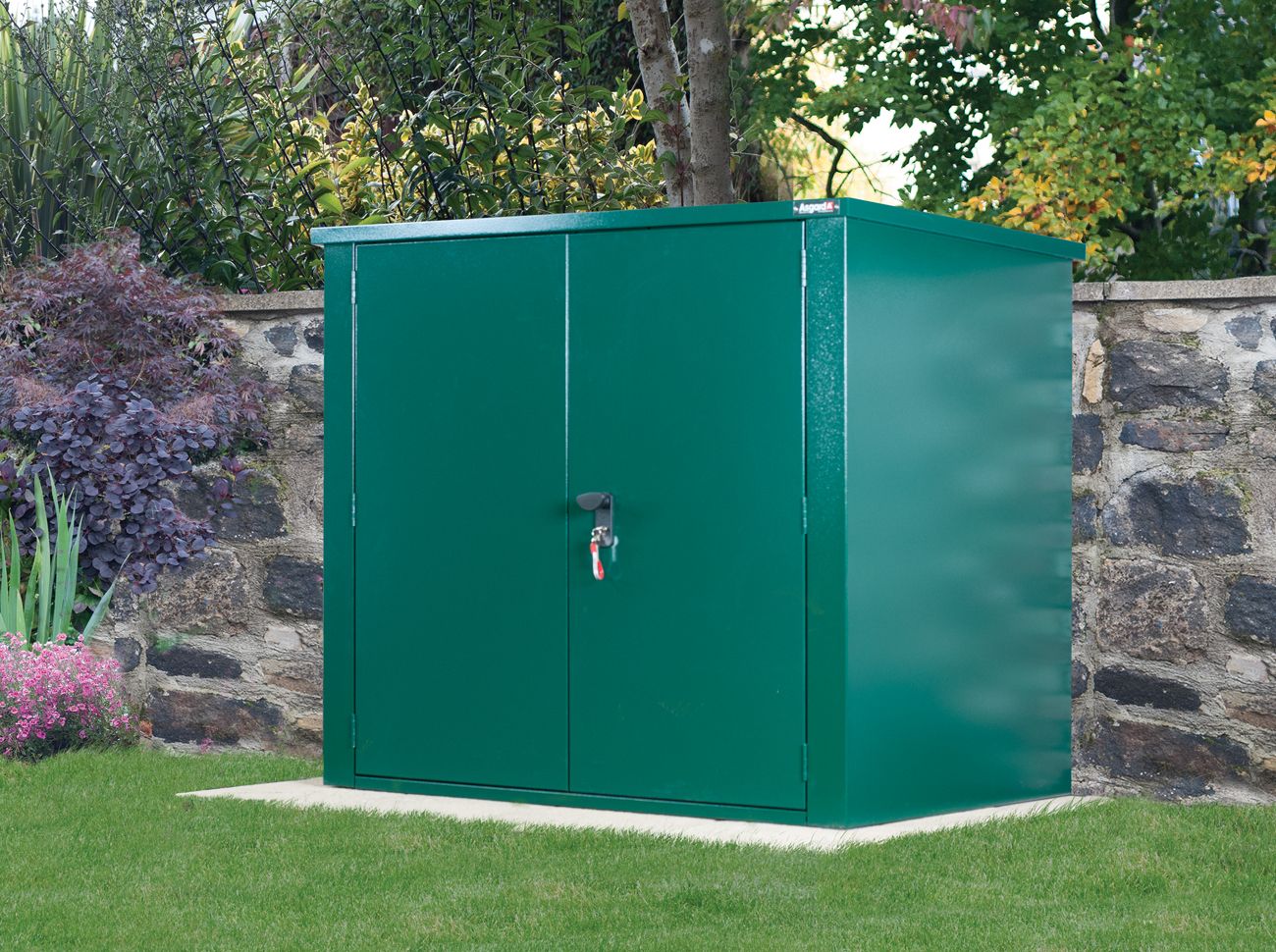
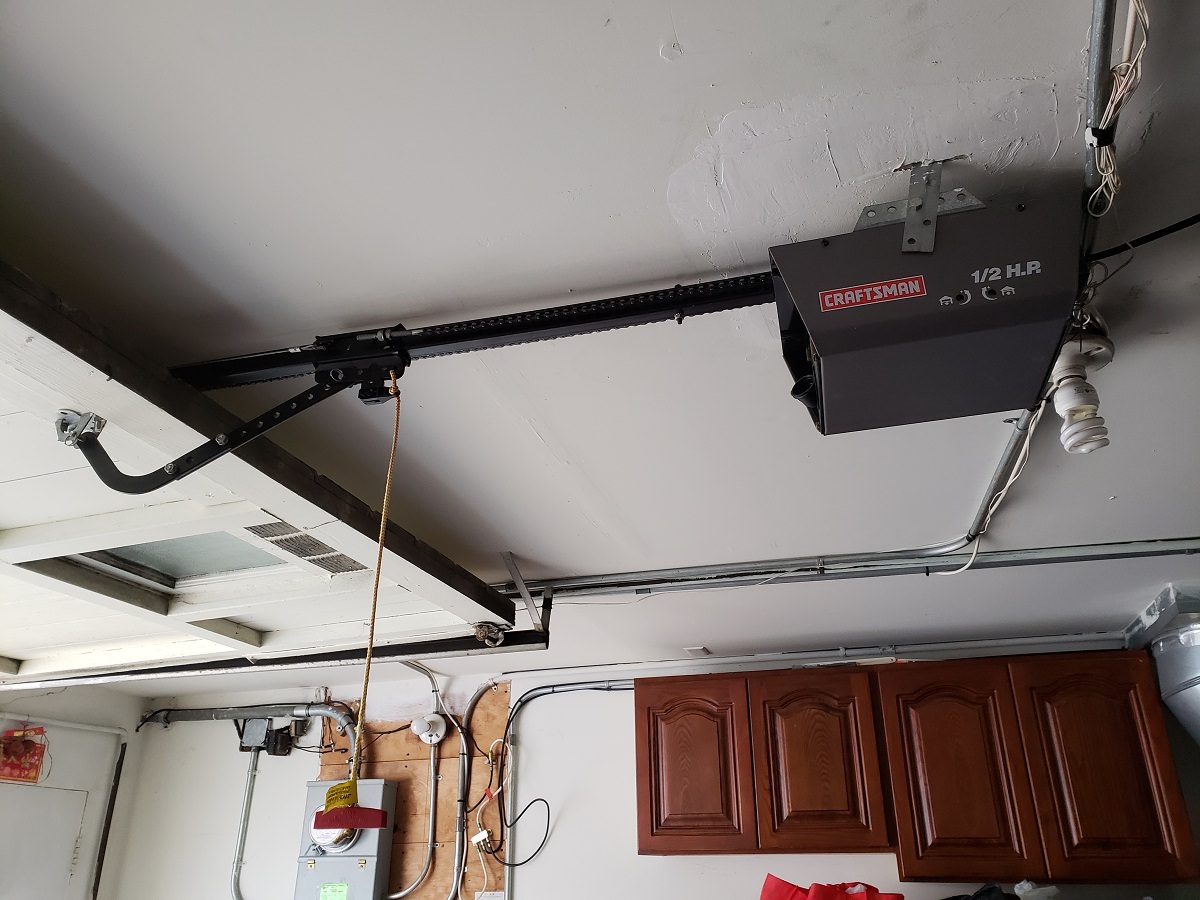
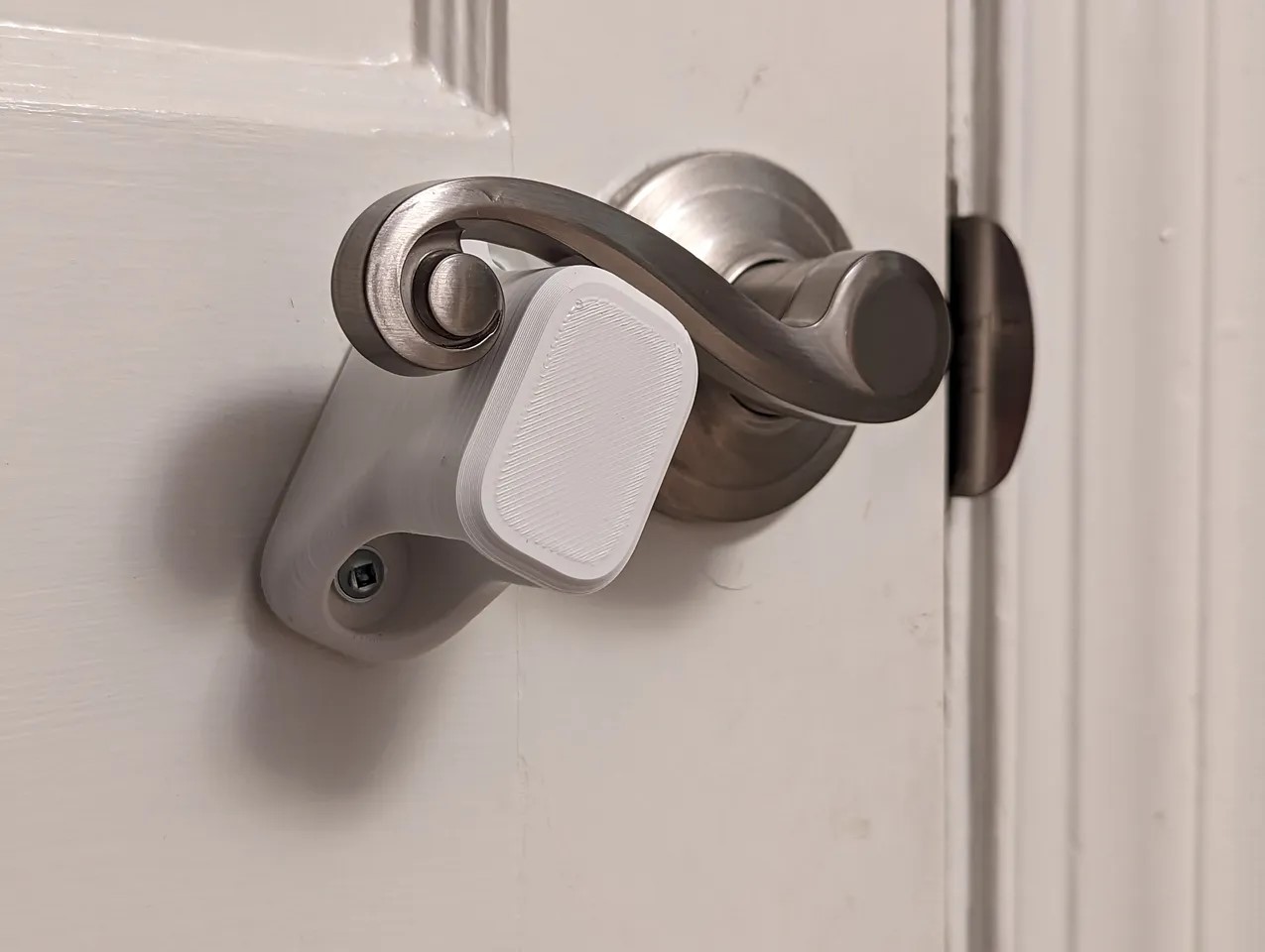
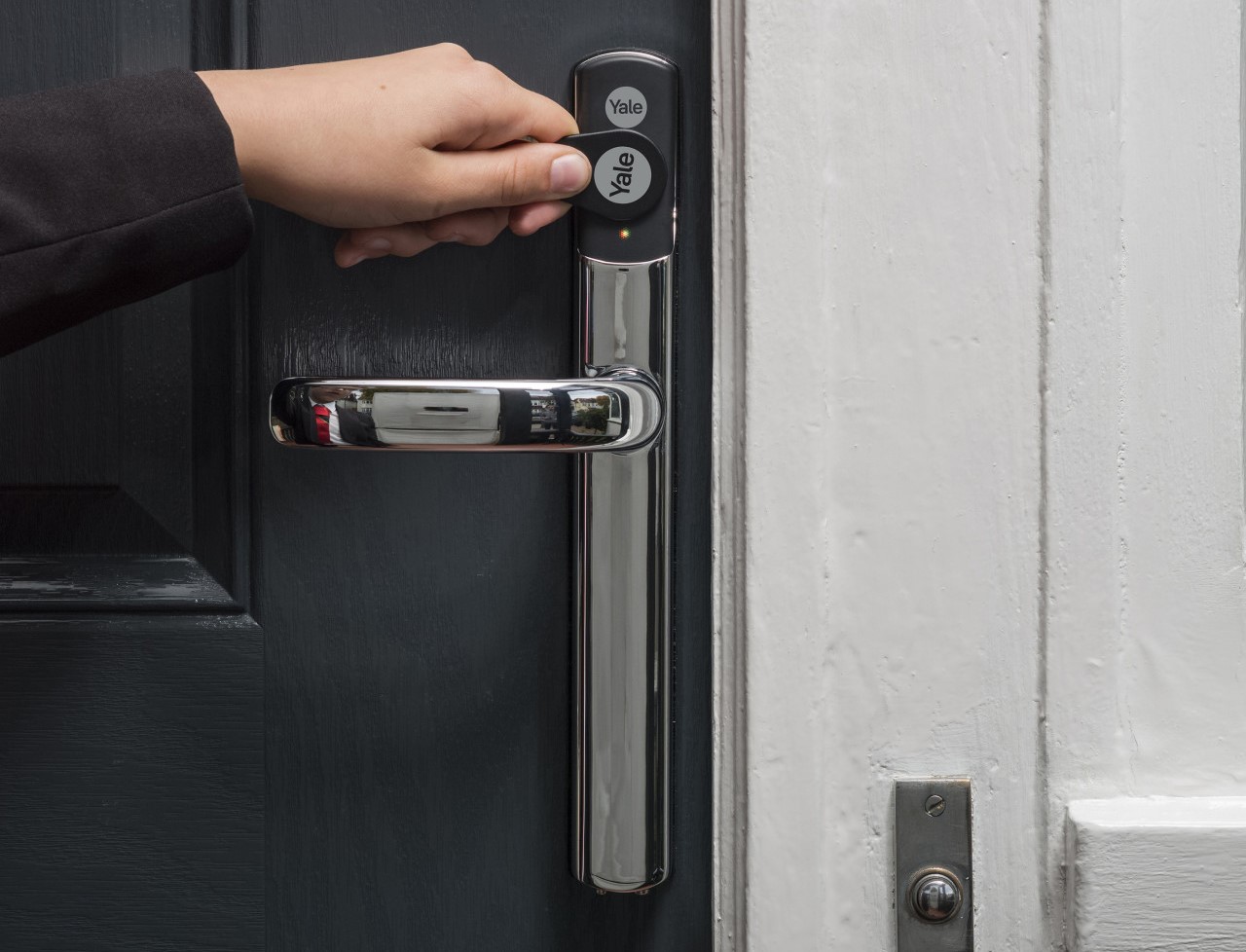
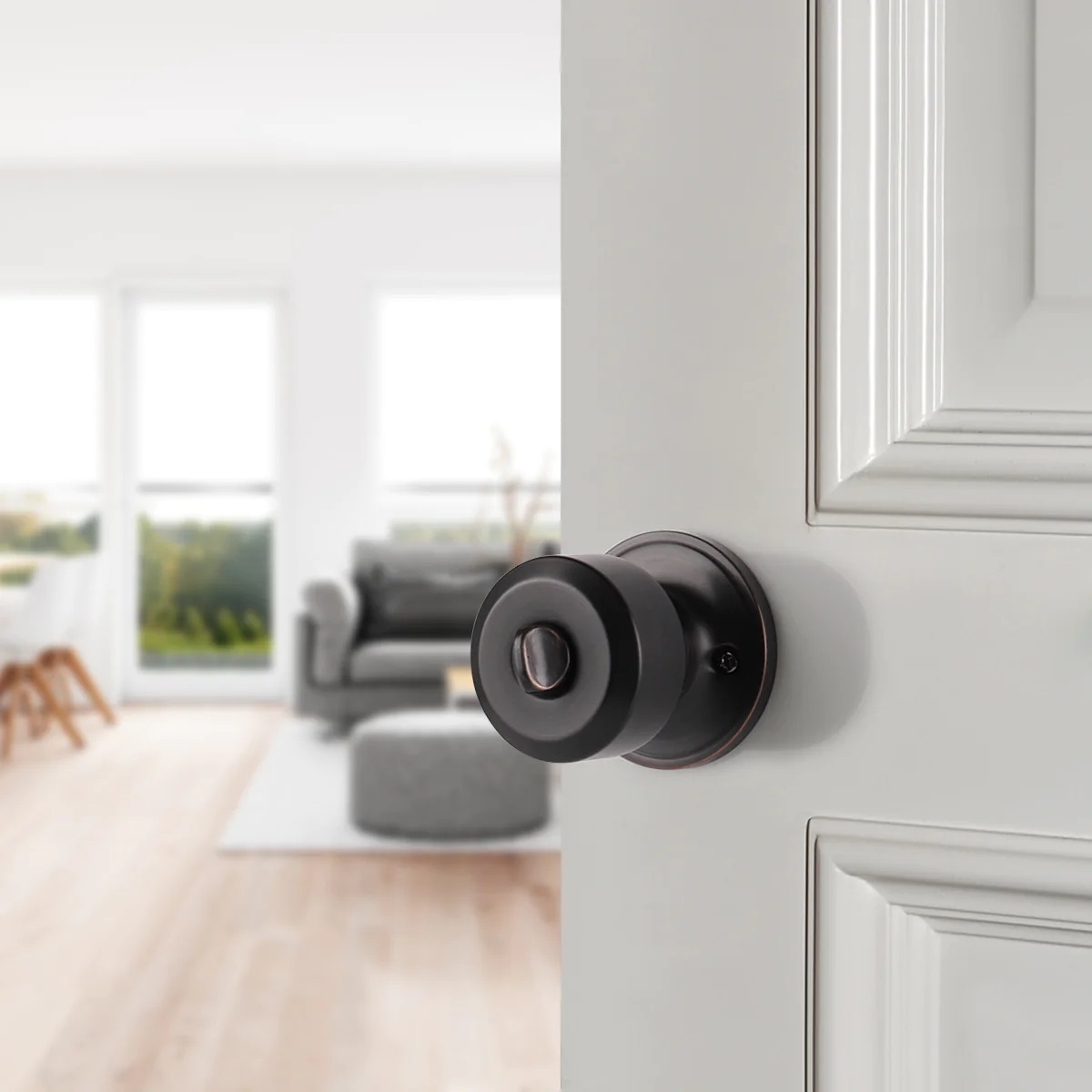
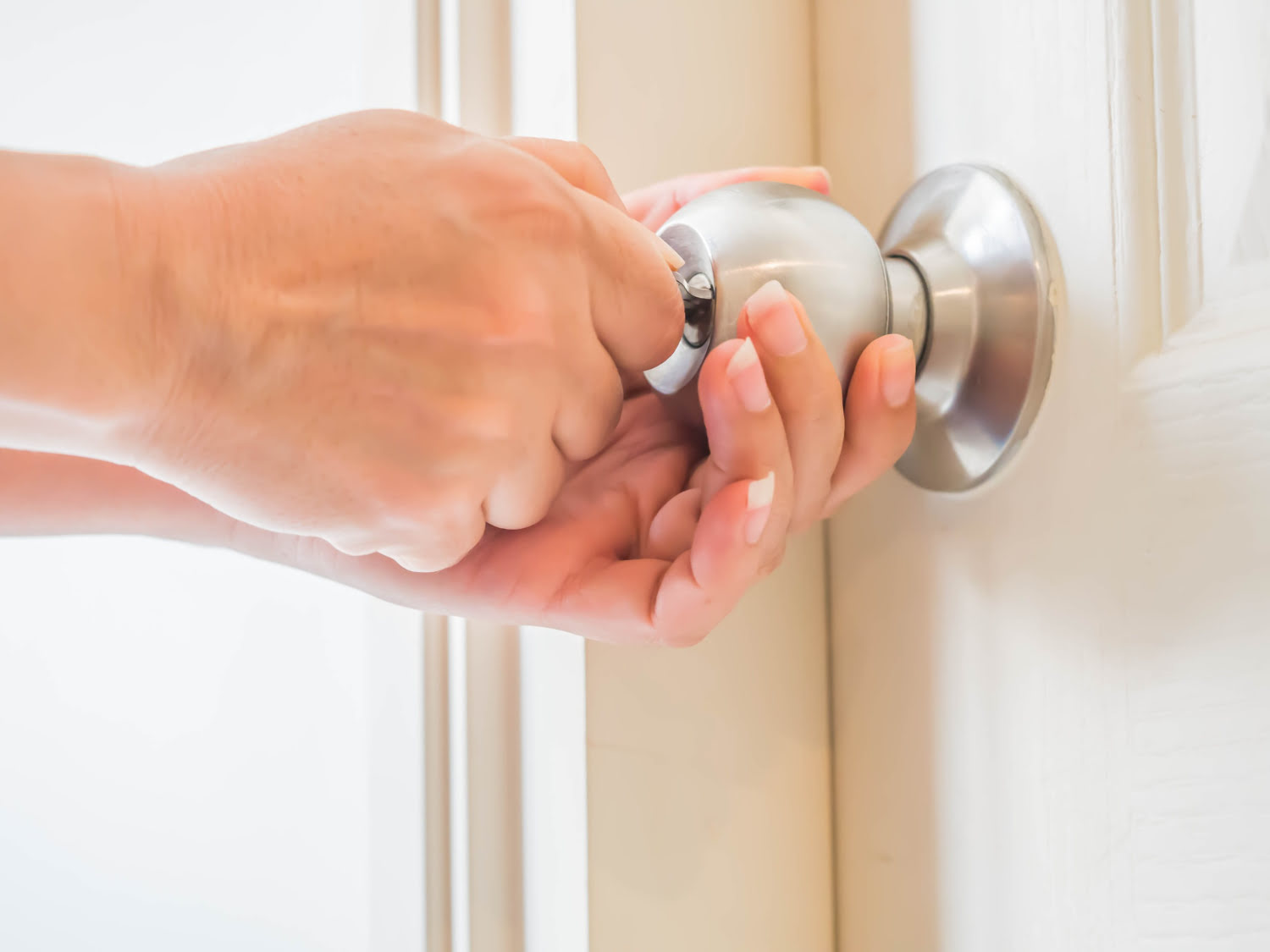
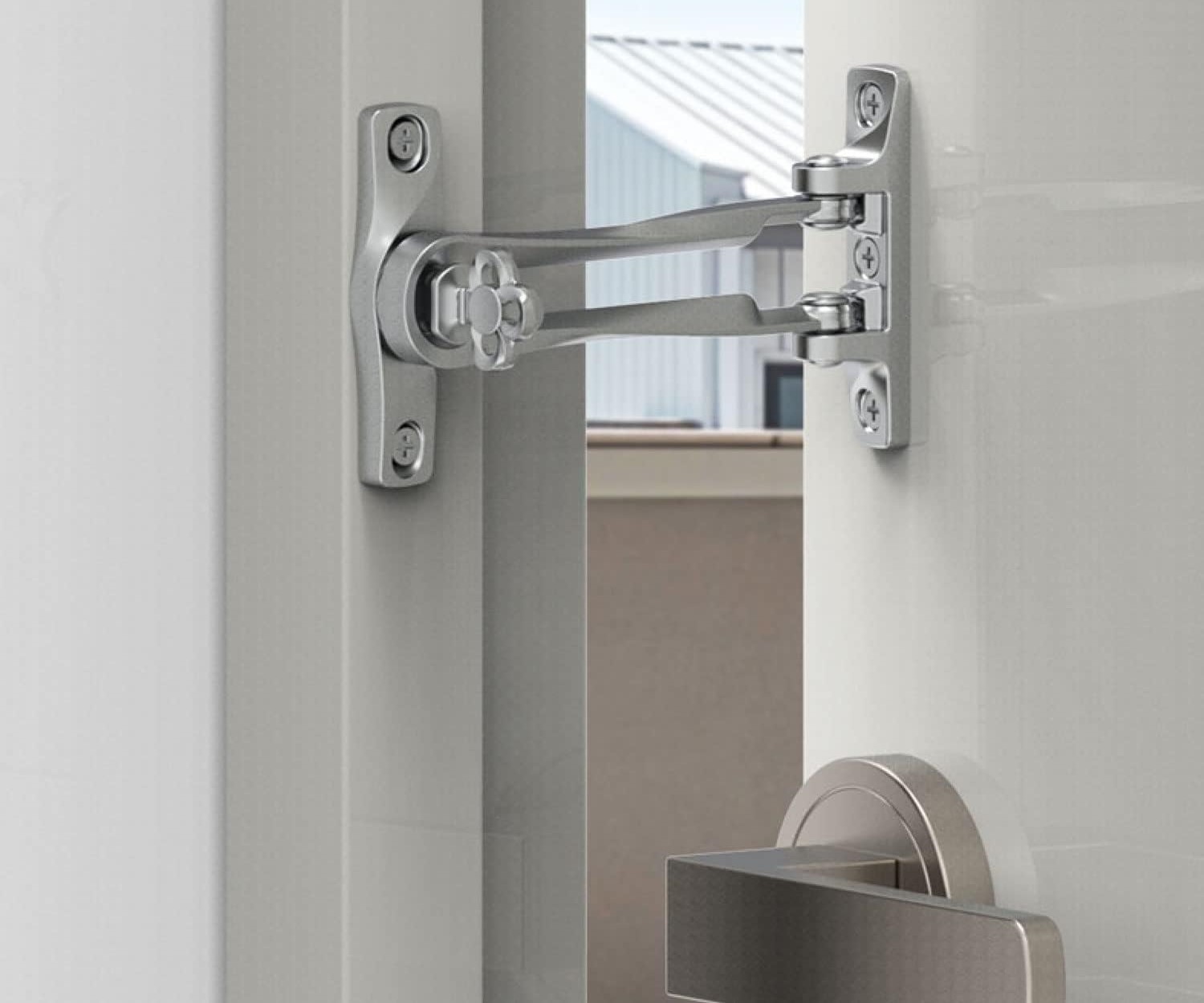
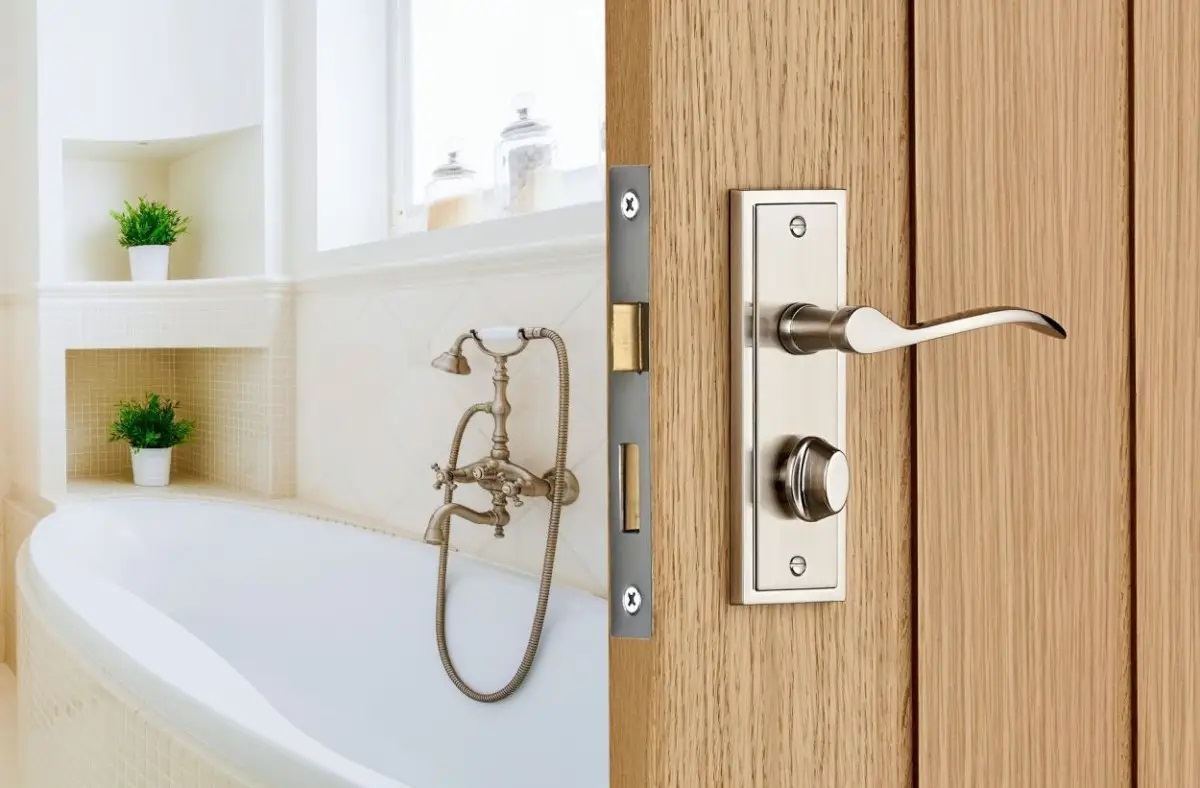
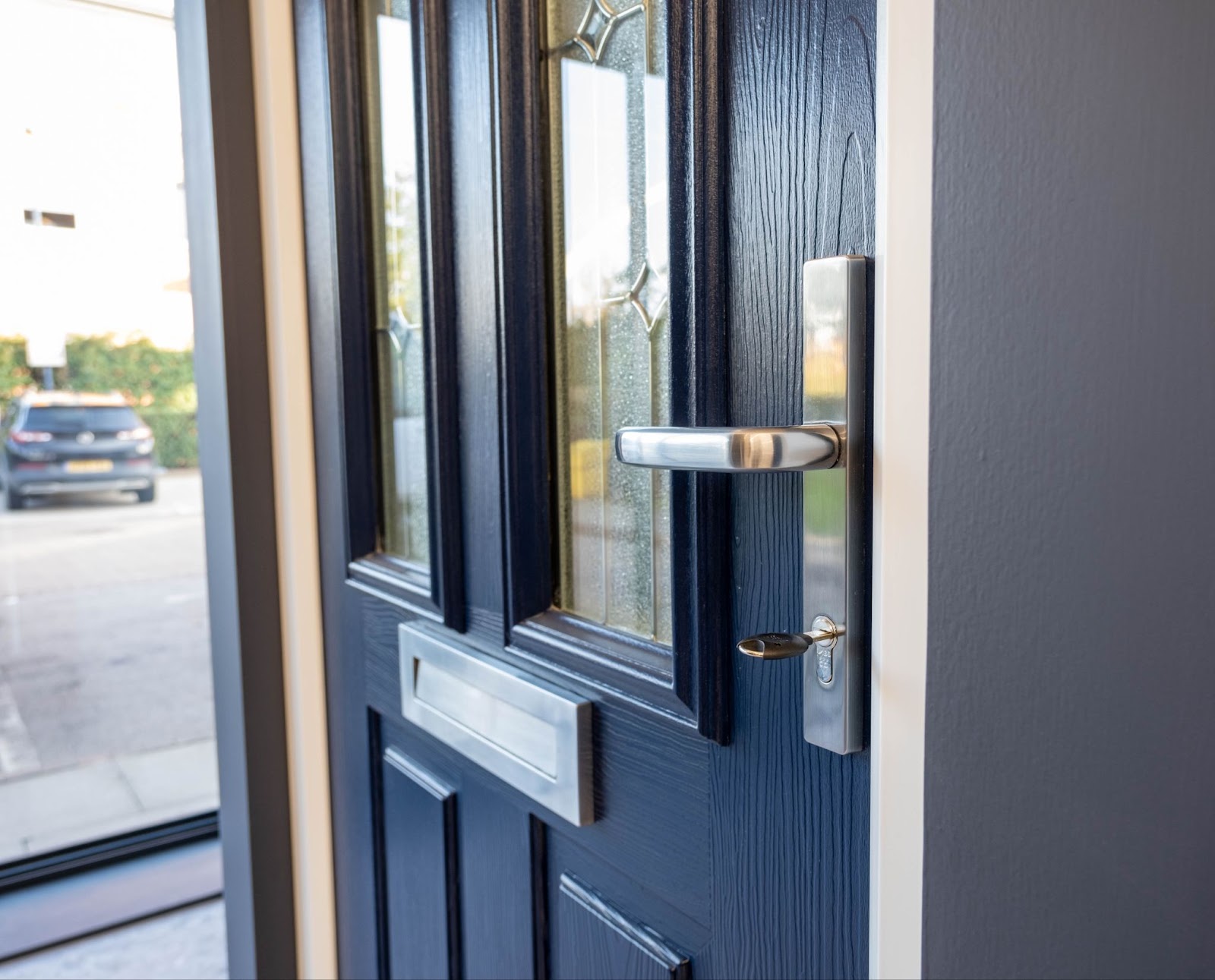
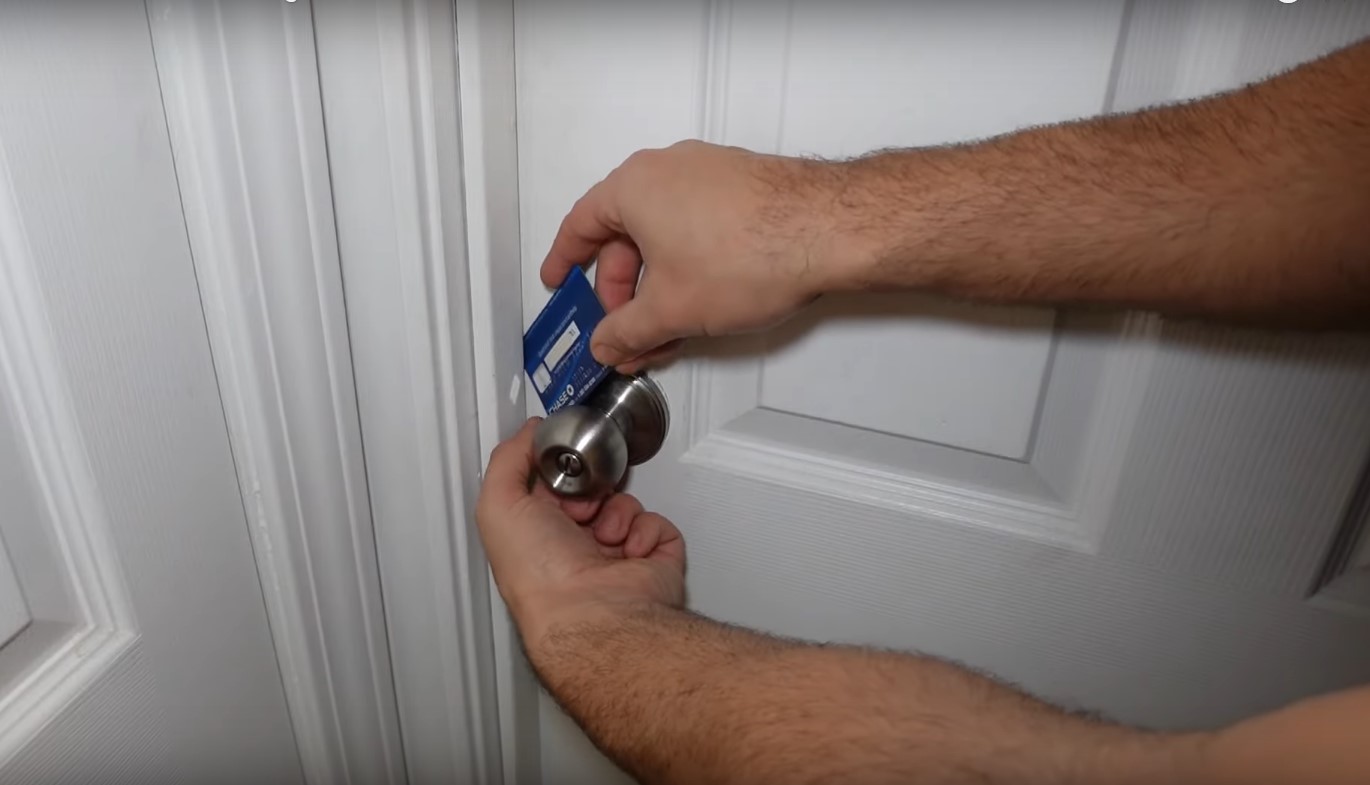
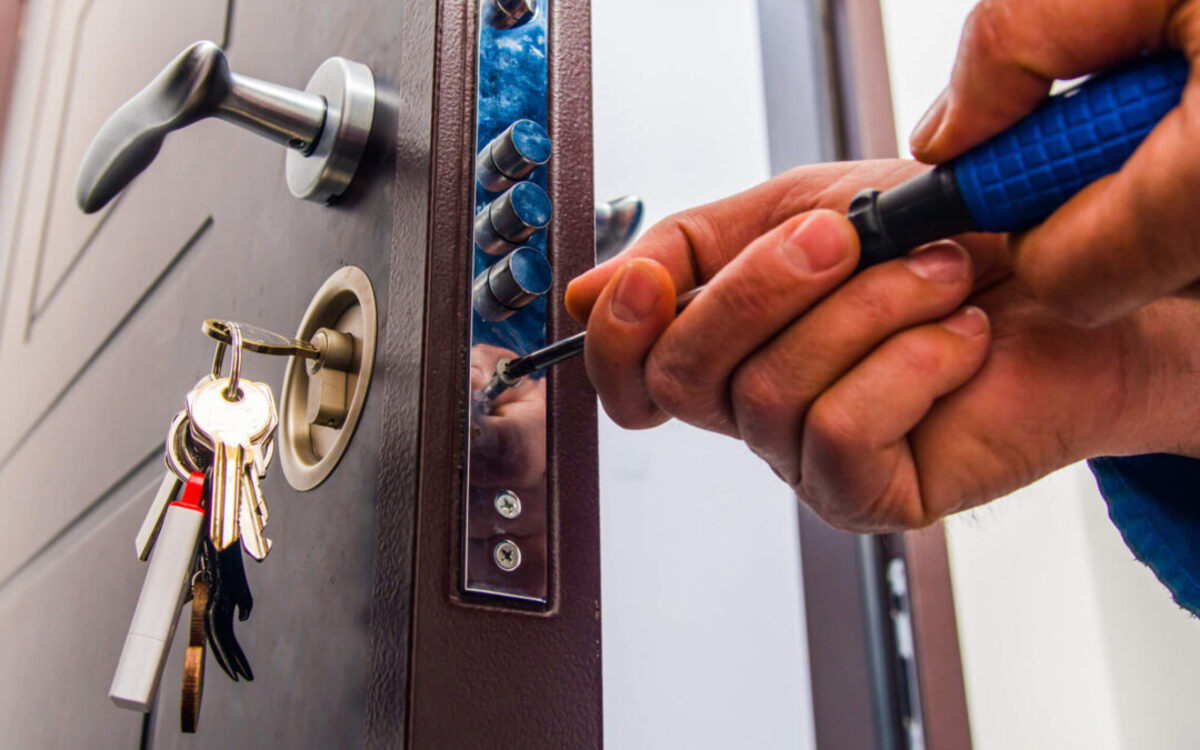
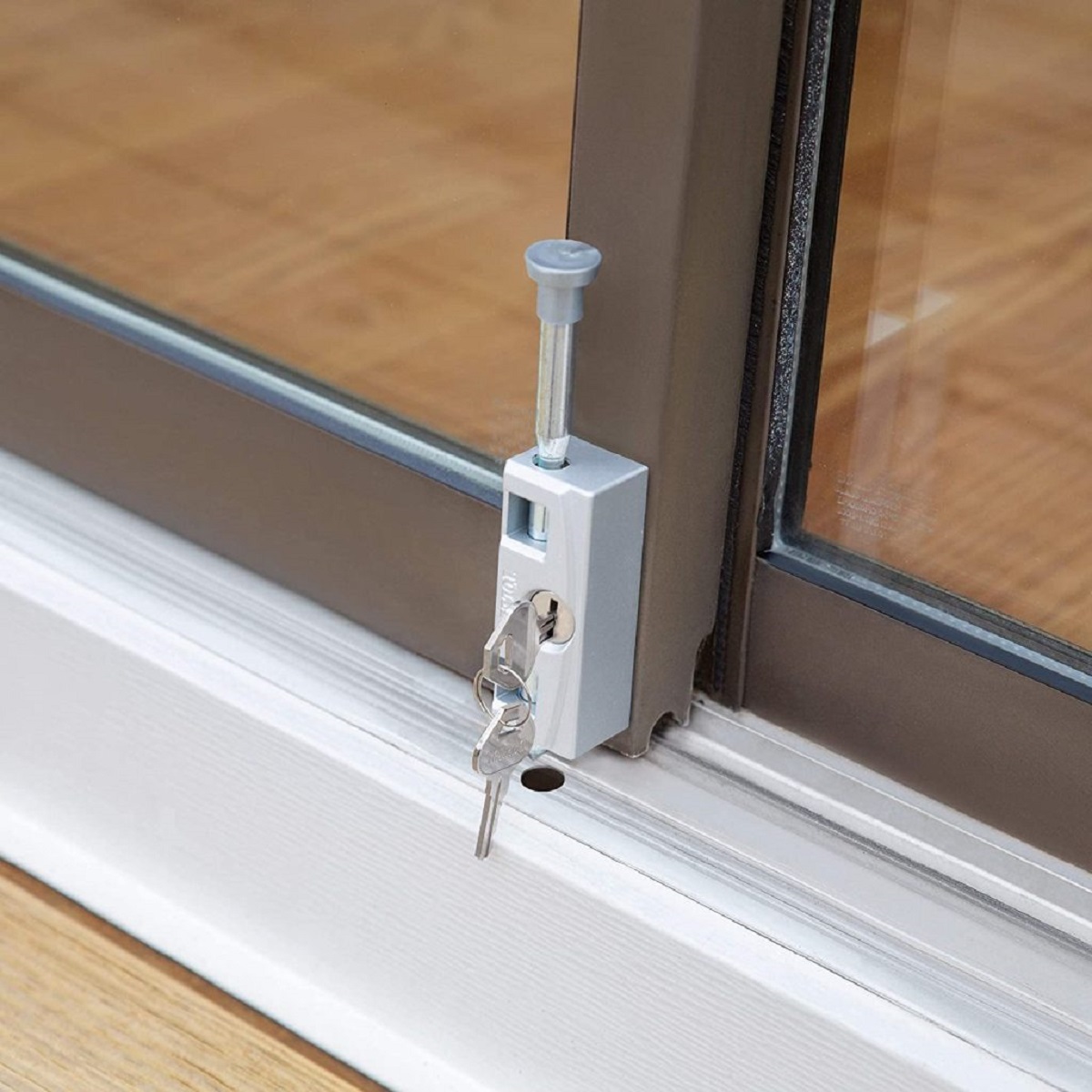
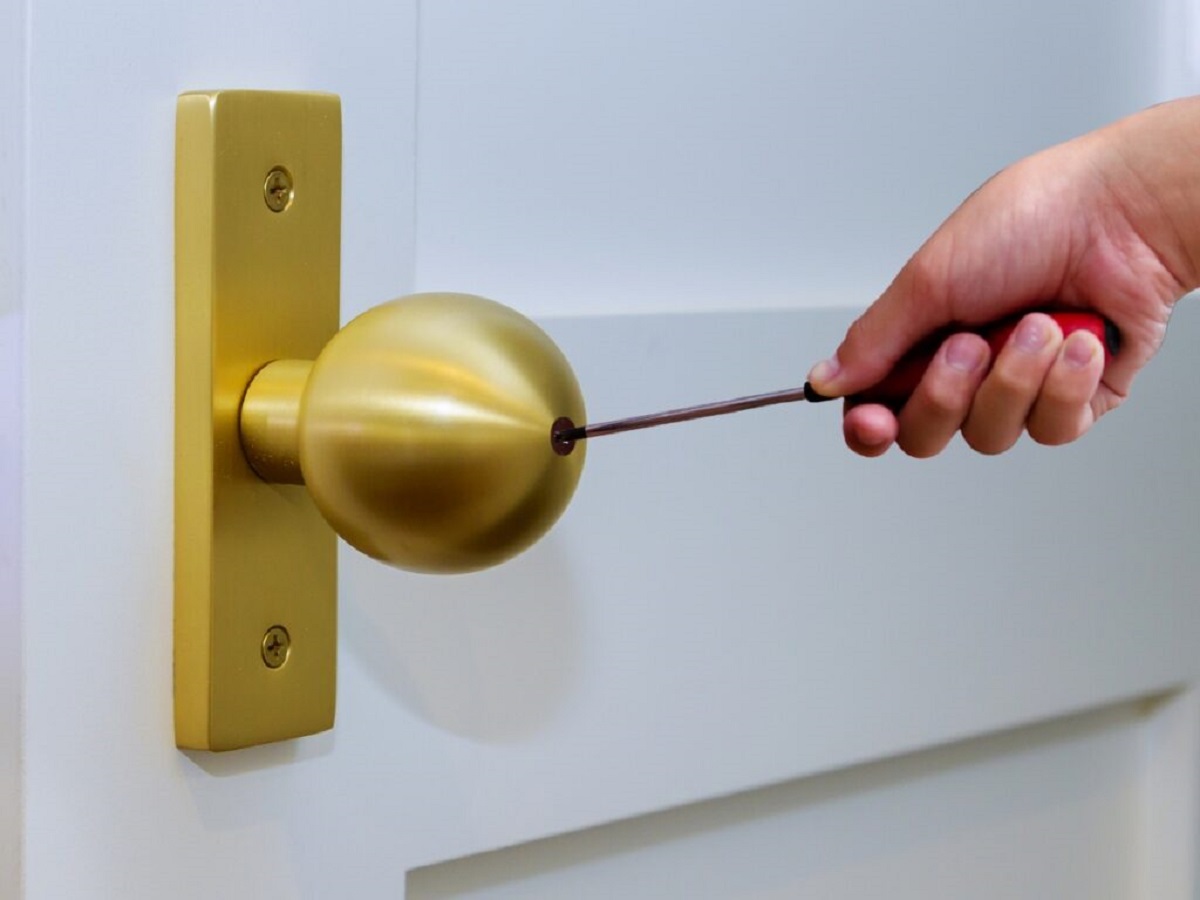
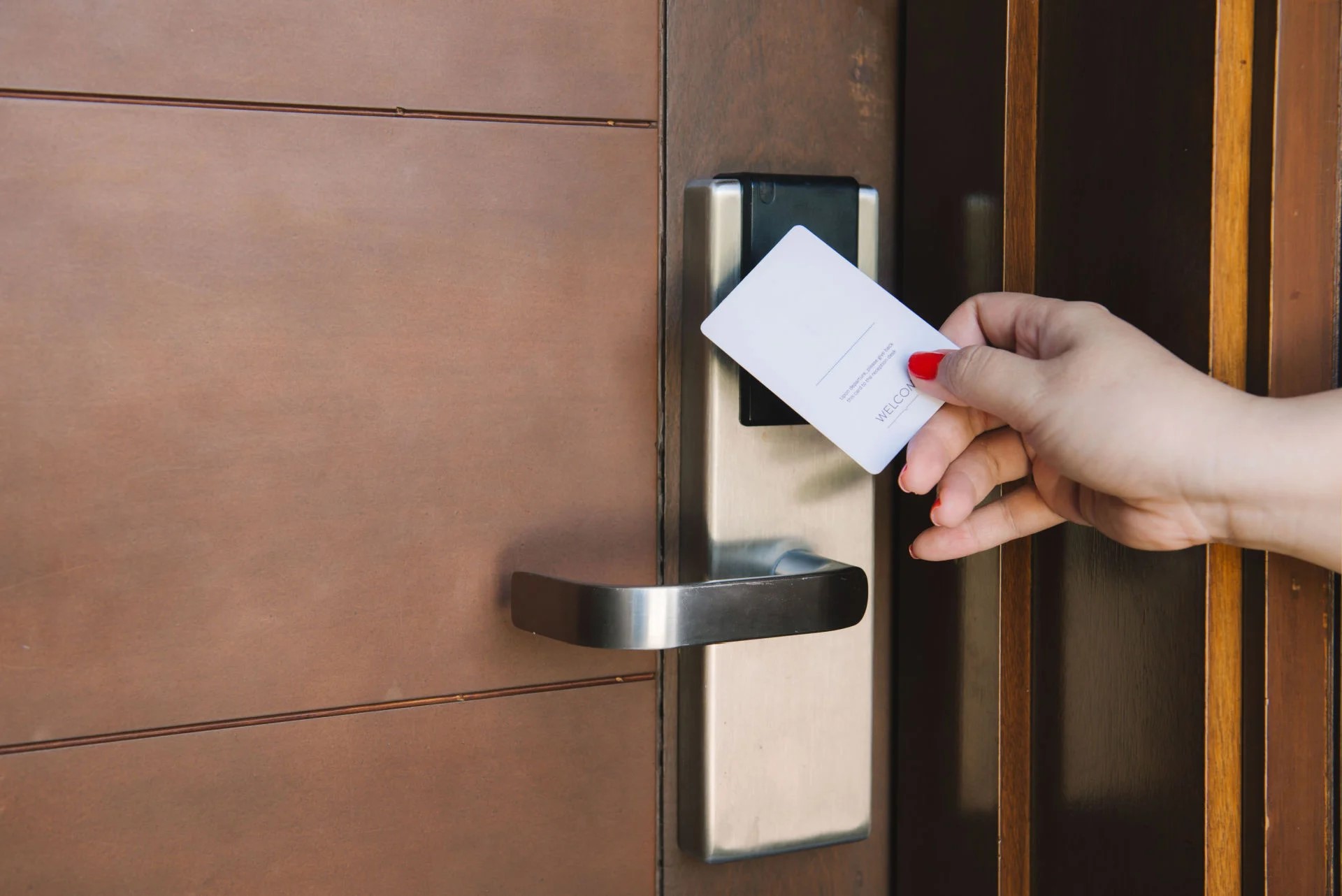


0 thoughts on “How To Open A Locked Door With A Knife”